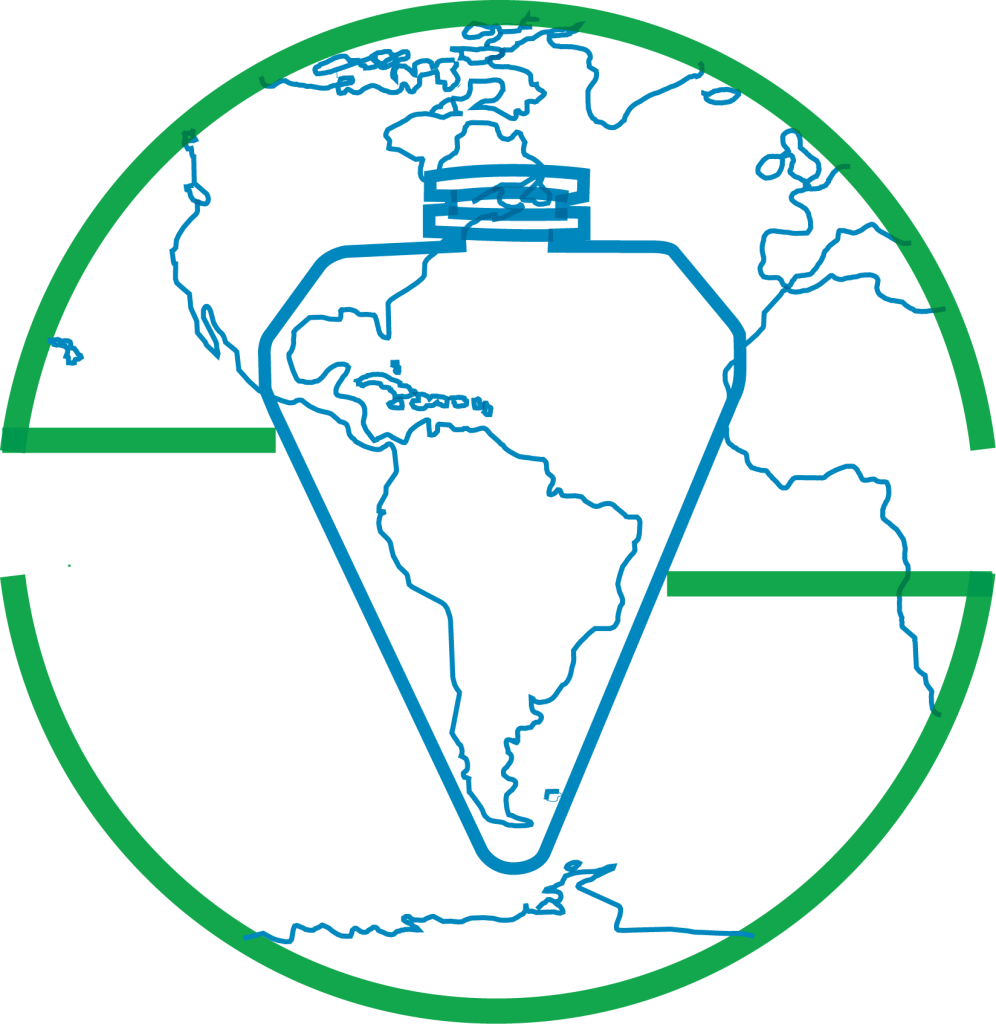As urbanization accelerates across the globe, the migration of people from rural to urban areas reshapes the physical and social landscapes of cities. While this transformation brings opportunities for economic growth and cultural dynamism, it also poses challenges that require strategic planning. One critical tool for managing these challenges is geosurveying.
What Is a Geosurvey?
A geosurvey involves the systematic study of the Earth’s physical features and underlying geological conditions. It provides essential data about soil quality, groundwater levels, fault lines, and mineral resources. This information is vital for safe and sustainable urban development.
Why Geosurveys Are Essential in Urbanization
Urban expansion often leads to complex challenges, including infrastructure stability, land-use planning, and disaster mitigation. Geosurveys enable cities to address these challenges effectively:
- Infrastructure Planning: Geosurveys identify suitable sites for construction by analyzing soil composition and load-bearing capacity. This prevents future issues like building collapse or uneven settlement.
- Water Resource Management: Understanding groundwater availability and flow helps planners manage water supplies, preventing over-extraction and contamination.
- Disaster Mitigation: In seismic zones, geosurveys provide data on fault lines and earthquake risks, allowing for the design of safer buildings and emergency plans.
- Environmental Preservation: By mapping sensitive ecosystems, geosurveys help urban planners minimize environmental disruption during development.
Case Studies: Geosurveys in Action
From mega-projects like subway systems to the construction of residential skyscrapers, geosurveys have become integral to modern urban development. Cities like Tokyo, Dubai, and Singapore rely heavily on geological data to create resilient infrastructure that can withstand natural disasters while meeting the demands of rapid growth.
Looking Ahead
As the global urban population continues to rise, integrating geosurvey data into urban planning will be more critical than ever. By harnessing this data, cities can ensure that their expansion is both sustainable and resilient, balancing the needs of their growing populations with the preservation of natural resources.
Urbanization may be inevitable, but its impact can be managed thoughtfully. Geosurveys offer a roadmap for smarter, safer, and more sustainable urban development, making them an essential part of the urban planning toolkit.
Are you an urban enthusiast or a city planner? Share your thoughts on how geosurveys can shape the cities of tomorrow in the comments below!
